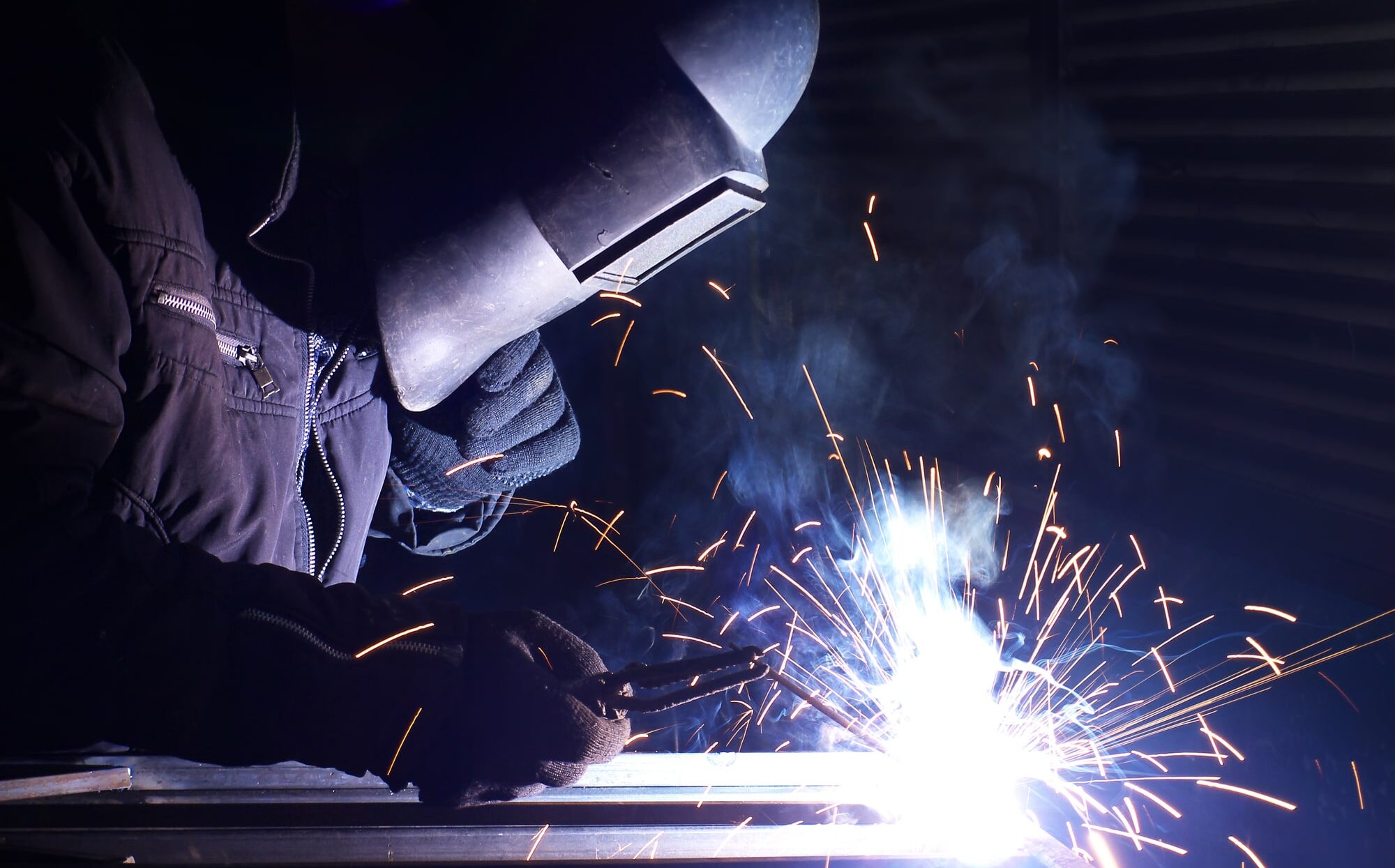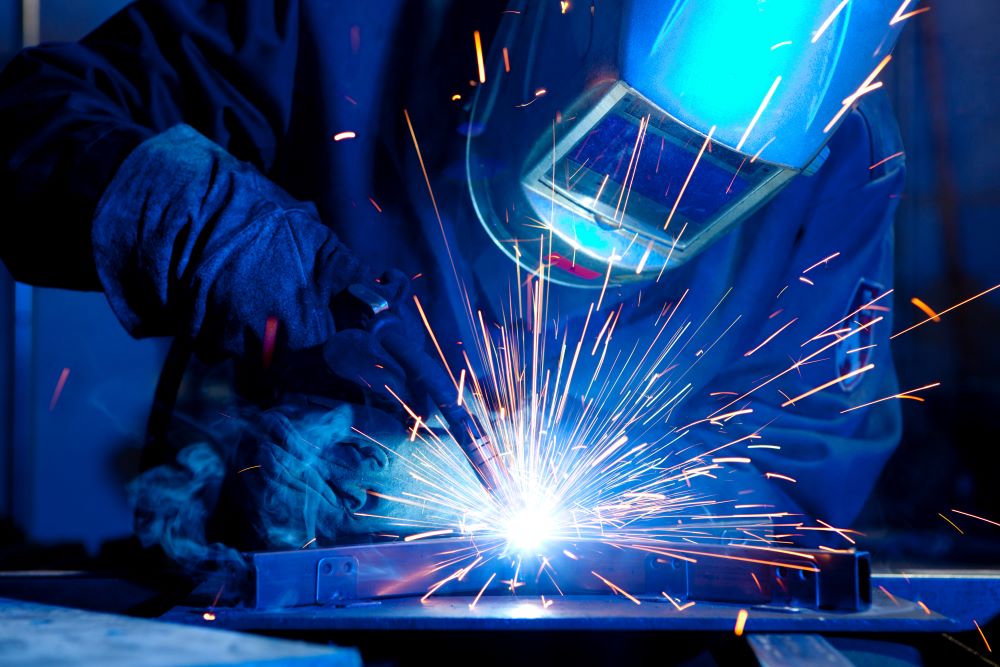Why a Welding WPS is Crucial: Enhancing Consistency and Conformity
Why a Welding WPS is Crucial: Enhancing Consistency and Conformity
Blog Article
The Ultimate Guide to Welding WPS Procedures: A Thorough Introduction for Welders
In the elaborate world of welding, Welding Procedure Requirements (WPS) offer as the backbone of guaranteeing quality, uniformity, and safety in welding operations (welding WPS). As we delve right into the numerous elements of a WPS and explore the details of credentials and qualification, we will certainly reveal the crucial function these treatments play in the realm of welding.
Significance of WPS Procedures
Comprehending the value of Welding Treatment Specifications (WPS) treatments is critical for ensuring the quality and honesty of welded structures. WPS treatments serve as a roadmap for welders, laying out the necessary steps, parameters, and materials called for to attain a sound weld. By adhering to WPS guidelines, welders can make certain consistency in their work, leading to trustworthy and structurally audio welds.
Among the primary factors why WPS treatments are essential is their role in preserving weld high quality and honesty. Following the defined welding parameters and techniques outlined in the WPS helps stop defects such as porosity, breaking, or insufficient combination, which can compromise the toughness and durability of the weld. Additionally, WPS procedures are vital for guaranteeing conformity with market criteria and codes. By complying with well-known WPS standards, welders can demonstrate that their job fulfills the required demands for safety and quality, providing assurance to customers, assessors, and regulative bodies. Essentially, the importance of WPS procedures can not be overstated, as they are fundamental to achieving consistent, high-quality welds that meet sector requirements and specs.

Parts of a WPS
A Welding Procedure Requirements (WPS) generally comprises vital parts that detail the details requirements for executing a weld, guaranteeing uniformity and quality in the welding process. The essential parts of a WPS include important variables such as base metals, filler steels, preheat and interpass temperatures, welding procedures, shielding gases, welding placements, and post-weld heat treatment requirements.
Base steels refer to the materials being signed up with, while filler metals are utilized to load the void between the base steels during welding. Preheat and interpass temperature levels are vital for managing the warm input and preventing concerns like breaking or distortion. The welding procedure details the particular method to be made use of, whether it's gas metal arc welding (GMAW), protected metal arc welding (SMAW), or another technique. Securing gases safeguard the weld pool from atmospheric contamination. Welding positions specify the positionings in which welding can be carried out. Post-weld heat treatment may be required to ease stress and anxieties and boost the weld's properties. A complete understanding of these parts is crucial for developing a efficient and detailed WPS.

Qualification and Certification
Having established the necessary components of a Welding Procedure Specification (WPS), the focus currently moves towards the vital facets of qualification and qualification in welding practices.

Certification, on the other hand, is the official her explanation recognition of a welder's credentials by an appropriate certification body or company. Welding qualifications are typically based on the particular welding procedures, materials, and placements a welder is certified to collaborate with. Holding a legitimate welding certification shows that a welder satisfies sector criteria and is qualified to perform welding jobs to the called for specifications.
Developing a WPS
To establish a Welding Procedure Spec (WPS) that meets industry requirements, cautious consideration of welding processes, products, and functional criteria is vital (welding WPS). The very first step in creating a WPS is to identify the welding procedure to be utilized, such as gas metal arc welding (GMAW) or shielded steel arc welding (SMAW) As soon as the welding process is figured out, the next essential aspect is choosing the ideal materials, considering factors like base steel type, density, and joint style. Functional criteria such as welding present, voltage, travel rate, and shielding gas structure must likewise be thoroughly specified in the WPS.

Implementing and Keeping Track Of WPS
Upon finalizing the comprehensive Welding Procedure Requirements (WPS) that meticulously details welding procedures, materials, operational specifications, and quality guarantee steps, the focus shifts to efficiently carrying out and keeping track of the recognized treatments. Application includes making certain that all welders included in the job know with the WPS and follow it meticulously during the welding process. This requires giving adequate training and guidance to assure adherence to the defined procedures. Keeping track of the WPS involves more info here constant oversight to verify that welding tasks straighten with the recorded specs. Examinations, testing, and top quality control measures are essential elements of the surveillance process to determine any type of issues or inconsistencies promptly. Routine audits and evaluations of the welding procedures assist in maintaining consistency and quality throughout the job. Reliable application and tracking of the WPS are essential for ensuring the original source the integrity, stamina, and safety of the bonded joints, ultimately adding to the total success of the welding job.
Final Thought
Finally, understanding and adhering to Welding Procedure Requirements (WPS) is crucial for welders to make sure top quality, uniformity, and safety in their work. By recognizing the components of a WPS, getting proper credentials and accreditations, creating thorough procedures, and applying and checking them properly, welders can improve their skills and efficiency in welding practices. Abiding by WPS procedures is crucial for creating top notch welds and meeting sector standards.
In the detailed globe of welding, Welding Treatment Specifications (WPS) offer as the foundation of making certain quality, uniformity, and safety and security in welding procedures. The welding process describes the certain method to be utilized, whether it's gas metal arc welding (GMAW), secured steel arc welding (SMAW), or an additional approach.To create a Welding Treatment Requirements (WPS) that fulfills sector requirements, mindful factor to consider of welding procedures, products, and operational parameters is vital. The initial action in developing a WPS is to recognize the welding procedure to be made use of, such as gas steel arc welding (GMAW) or protected steel arc welding (SMAW)Upon wrapping up the comprehensive Welding Procedure Specification (WPS) that meticulously information welding procedures, materials, functional parameters, and quality assurance steps, the focus moves to successfully carrying out and keeping track of the recognized treatments.
Report this page